More Than Money: Why Early Planning Protects What Matters Most
When we talk about planning for aging and care, too often the focus stops at dollars and cents. But real-life outcomes show that early, holistic planning protects far more than wealth. It safeguards dignity, independence, family cohesion—and gives you choices when circumstances shift.
At Longevity Income Solutions, we fuse the practical with the personal: financial foresight, care design, lifestyle alignment, and family communication. Below is how deep planning—done well and early—can make all the difference.

The Stakes: What’s at Risk Without Early Planning
1. Choice slips away
- Home versus facility: Most older adults prefer staying in their own home—versus moving to a care facility. In a 2024 AARP survey, 75% of adults 50+ said they wish to remain in their homes as they age, and 73% hope to stay in their communities. MediaRoom
- Home readiness is rare: Yet a 2020 study estimated only ~10% of American homes qualify as “aging-ready” (step-free entry, a bedroom and full bathroom on the main floor, accessibility features) PMC. Another census study found ~40% of U.S. homes had even the most basic aging-ready features. Census.gov
- Facilities fill quickly: Desirable assisted living communities and skilled care homes often have wait lists or limited availability in preferred neighborhoods. When a crisis strikes, families may be forced into less-desirable options.
Once options narrow, decisions tend to be reactive, constrained, and laden with regret.
2. Costs escalate fast
- Nursing home median cost (2024): $111,325 for a semi-private room; $127,750 for a private room. CareScout
- Assisted living cost: The national median climbed to ~$70,800/year. CareScout+1
- In-home care vs assisted living: In many markets, full-time home care remains less expensive than assisted living when care hours are modest. For example, Genworth’s data for Massachusetts shows ~$5,186/month for 44 weekly hours of in-home care vs $5,640 for assisted living (before additional care charges) North River Home Care.
- Affordability concerns: According to KFF, 90% of adults say it would be impossible or very difficult to pay $100,000 for one year of nursing home care, and 83% say the same about $60,000 in a year of in-home or assisted living care. KFF
These numbers underscore that waiting until a crisis often means draining assets—or losing the ability to afford care altogether.
3. Emotional, relational, and opportunity costs
- Caregiver burden & lost income: Informal caregivers (often family) face real economic and personal costs. One academic estimate shows caregivers may suffer up to a ~45% decrease in income over time due to lost work opportunities. arXiv
- Sibling conflict and guilt: Without documented wishes or shared planning, adult children may clash over care decisions or feel guilt over choices made under duress.
- Loss of autonomy: When care needs rise abruptly, seniors often lose decision-making control—especially if no advance directives, powers of attorney, or preferences are documented.
Money is necessary—but it alone cannot guarantee the outcomes families truly care about: respect, alignment, and peace of mind.
What “More Than Money” Looks Like: Core Strategic Pillars
Below are six strategic pillars that Longevity uses to operationalize early, comprehensive planning so families can protect what matters most.
1. Care-Needs Forecasting & Scenario Stress Testing
Rather than relying on one static plan, we build “multi-path models”:
- Project care trajectories over 10–20 years, including probabilities of needing assistance with activities of daily living (ADLs), cognitive impairment, and transitions (e.g. home → assisted living → nursing care).
- Stress test resource sufficiency under multiple scenarios (mild decline, accelerated decline, fallback).
- Factor in cost inflation, market returns, and tax implications.
These models allow families to see where gaps might open up—not in hindsight, but ahead of time.
2. Home Adaptation & Aging-in-Place Strategies
Many families undervalue the power of early modifications:
- Installing grab bars, no-step showers, widened doorways, better lighting, stair lifts, or home elevators.
- Smart-home tech: remote monitoring, fall detection, medication reminders, voice assistants.
- Phased remodeling: we help design a staged home adaptation plan, so improvements can be made iteratively instead of all at once.
Because homes are rarely built for aging, doing this proactively allows one to stay longer in a familiar environment.
3. Value-Driven Decision Frameworks
Money is a tool, not the end goal. We help families articulate what truly matters:
- Values audit: What does dignity, privacy, social connection, mobility, legacy look like to this individual?
- Decision criteria matrix: For each care option, rank trade-offs (cost, location, staff ratio, level of medical services, flexibility).
- Trigger points: Define metrics or events that signal when it’s time to reassess or shift care (e.g. repeated hospitalizations, functional decline, caregiver fatigue).
This ensures that when choices arise, they align with the person’s values.
4. Family Visioning & Communication Architecture
The best plan fails without alignment. We facilitate structured processes:
- Facilitated family dialogues: With prepared agendas, mediation techniques, and decision protocols.
- Role definition and succession planning: Who will lead, who will manage daily oversight, who steps in if capacity changes.
- Documentation: Advance directives, power of attorney, guardianship planning, wills/trusts.
By bringing adult children into the process early, we reduce conflict and build clarity.
5. Resource Ecosystem Mapping
A plan is only as good as its execution network:
- Vet and curate home-care agencies, senior living communities, specialists, therapists, and ancillary services in the family’s geography.
- Build “go-to playbooks” — contact sheets, referral paths, fallback options.
- Keep a living “warm handoff” directory with past performance, family testimonials, and escalation protocols.
When a crisis happens, families shouldn’t be scrambling to identify providers—they should already know where to go.
6. Adaptive Monitoring & Course Adjustments
A plan set once is obsolete by nature. Aging and life change continuously:
- Regular reviews (annual or semiannual) to reassess health, finances, goals.
- Re-run scenario models under changed assumptions (market shifts, onset of new conditions, caregiving stress).
- Recommend adjustments in asset allocation, insurance, care level, or living arrangements as needed.
Ongoing partnership ensures the plan stays aligned with evolving reality.
Why Longevity Is Unique: Bringing It All Together
Many firms may offer care planning or financial planning—but few tie them so tightly together, or treat them as living systems. Here’s what sets Longevity apart:
- Interdisciplinary integration: We sit at the nexus of investment strategy, health care planning, home adaptation, legal coordination, and relational facilitation.
- Client-first, product-agnostic model: Our flat-fee structure ensures recommendations are driven by client needs—not by the incentive to sell products.
- Data-backed foresight: We incorporate peer demographics, cost trends, health-risk modeling, and scenario stress tests to guide decisions.
- Family-orientation: We engage not just seniors, but the adult children who will often be decision-makers or executors of the plan.
- Ongoing stewardship: We don’t hand off and exit. We stay alongside clients, revisit assumptions, and pivot as needs change.
With Longevity’s approach, clients don’t just protect their assets—they protect their identity, autonomy, and relationships.
Don’t wait for “when instructions are needed” to exist. The greatest advantage comes from acting before urgency emerges.
Here’s where to start:
- Request a Care-Readiness Assessment with Longevity — we’ll help map your current risks
- Schedule a Family Visioning Session — bring in your parent(s) and adult children
- Begin a phased home audit and resource mapping plan in your region
By anchoring your plan in values—not just money—you ensure that when the time comes to make decisions, you do so with clarity, agency, and alignment.
Get our complimentary Proactive Care Planning Checklist here to help you get started.
